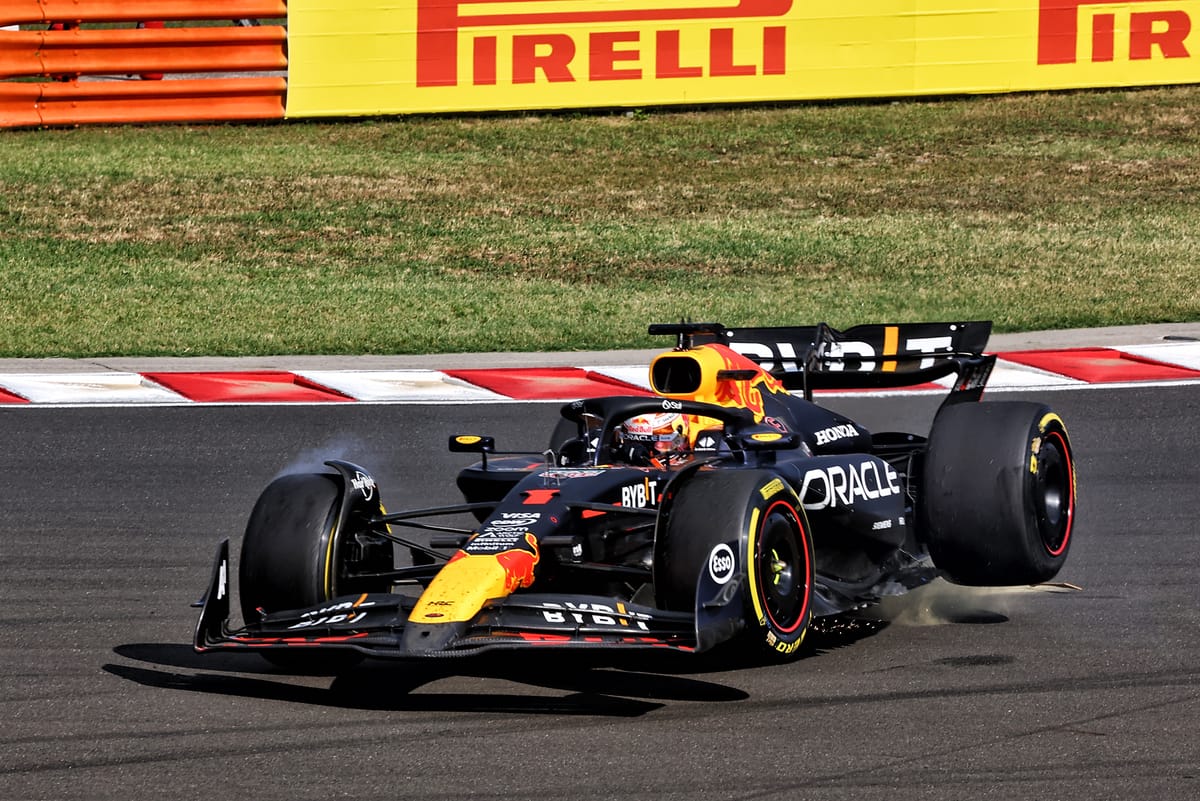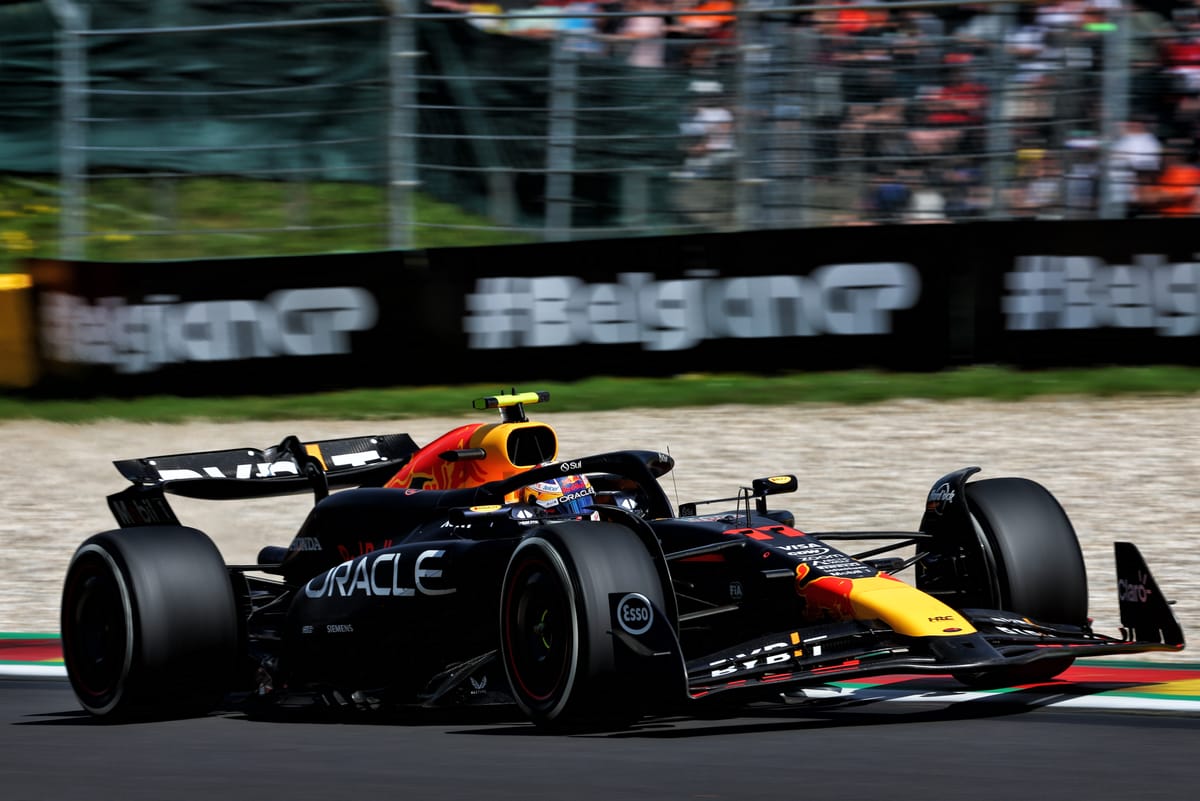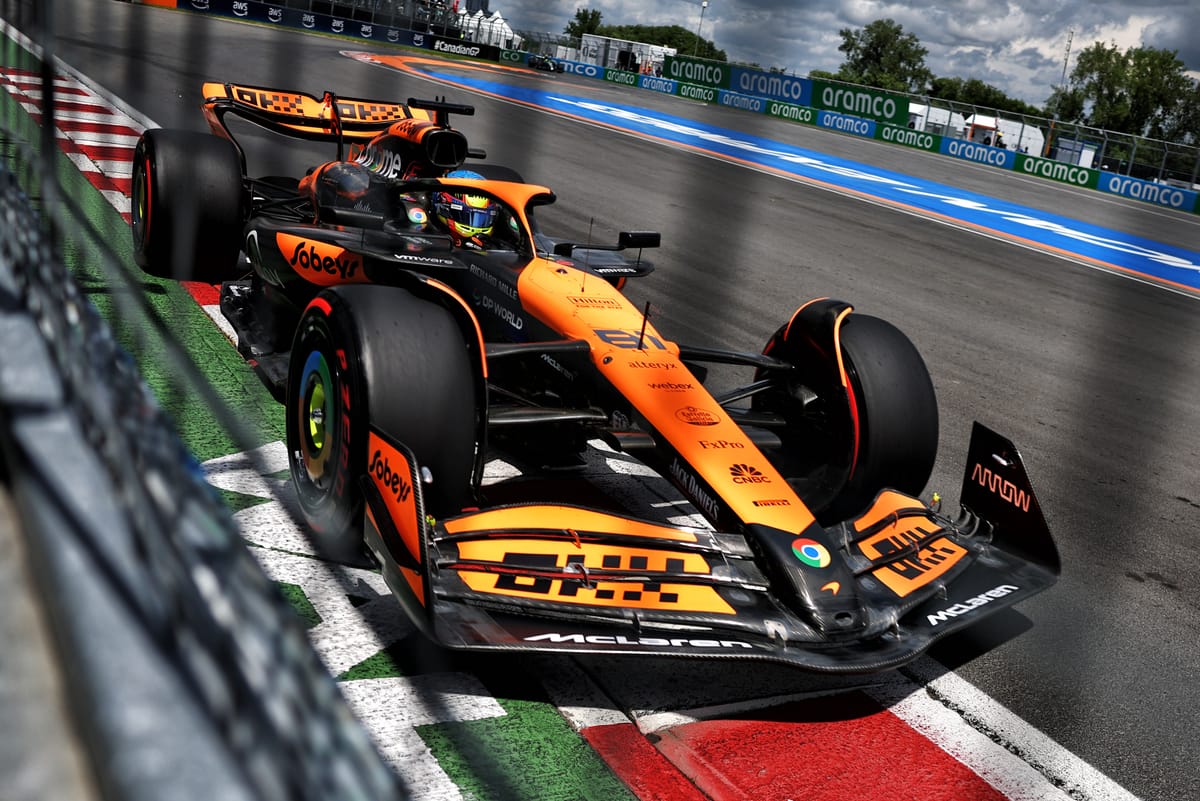Up Next

Red Bull hasn’t only faced intense pressure on track this year. It’s also grappled with the question of whether to stick or twist with its 2025 car.
Not long ago, the prevailing wisdom was Red Bull could breeze through 2024 in dominant fashion and with an evolution of the current car do much the same next season.
Red Bull’s leadership kept its feet firmly on the ground, warning of likely convergence which has basically happened, but there will have been hopes that it might not have happened quite so quickly.
“It was almost inevitable, when you get consistency of regulations you always get convergence,” said Red Bull team principal Christian Horner after the Belgian Grand Prix.
“Convergence has always brought the teams together. We’ve got a big regulation change in 2026 that will cause divergence, but between now and then, for the next 18 months, it’s going to be flat out between four teams.”
Red Bull is still in a commanding position. Max Verstappen leads the drivers’ championship by 78 points, while in the constructors’ championship Red Bull’s advantage over McLaren is 42 points.
That’s a slender margin considering 44 points are available for each event (52 for sprint weekends) and McLaren is on target to overhaul that by the end of the season.
For the rest of the season, the objective is to make the best of the Red Bull RB20.
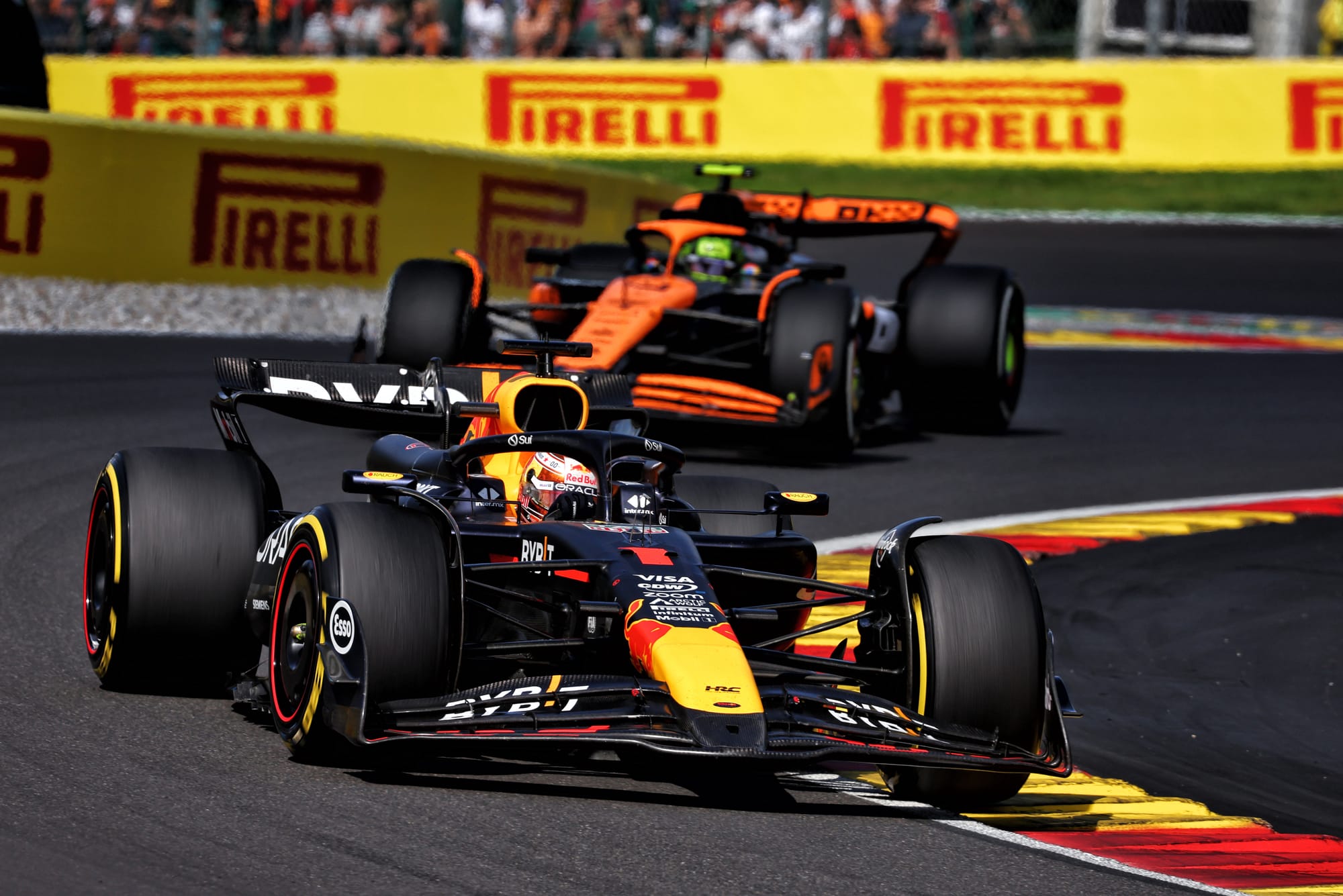
There will be further upgrades after the August break, although the focus will have shifted firmly to next year’s RB21.
There’s also the added challenge of the 2026 car on the horizon, which work will already be advanced on even though aerodynamic testing is not permitted until the start of 2026.
Windtunnel and CFD resources are limited for Red Bull in particular as it has the smallest allocation thanks to its place at the top of the championship.
Speaking during the Spanish Grand Prix weekend in June, Red Bull chief engineer Paul Monaghan summed up the challenge.
“The rules are restrictive, the budget cap's a bit restrictive, but we potentially are ‘asymptoting’ a bit on these regulations,” said Monaghan.
“And then we've got to decide as a team, how much we carve up for 2025 and then get ourselves ready for ‘26? And then it's case of can we actually execute them, put them on the ‘24 car into ‘25 and still be able to get the ‘26 car done.”
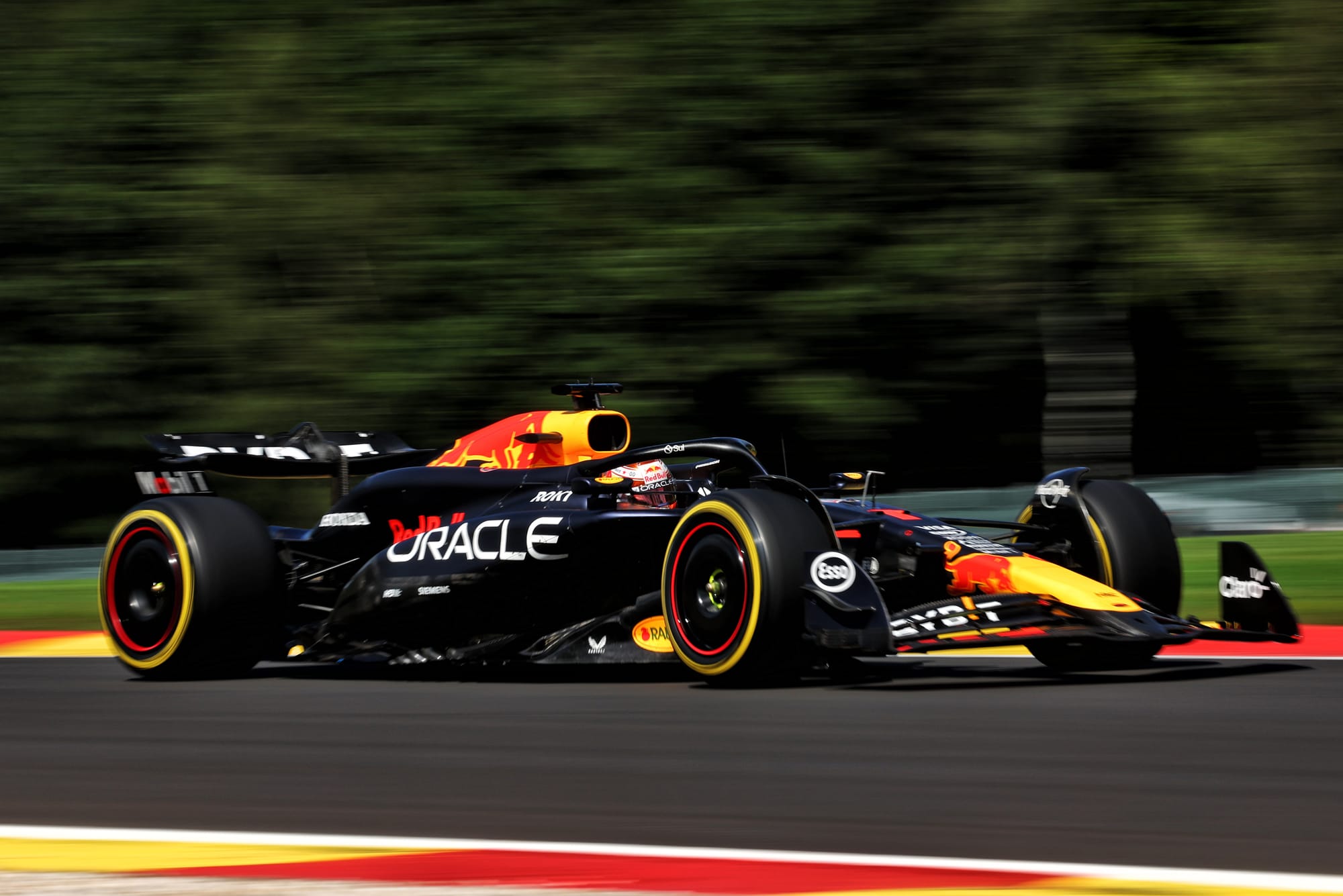
However, Red Bull’s dilemma might be slightly trickier.
Monaghan invokes the asymptote, which mathematically is a straight line that tends towards a curve continuously without ever meeting it. To simplify that in F1 development terms, think of the development curve shallowing as time progresses, getting close to a theoretical maximum possible performance but not quite getting there.
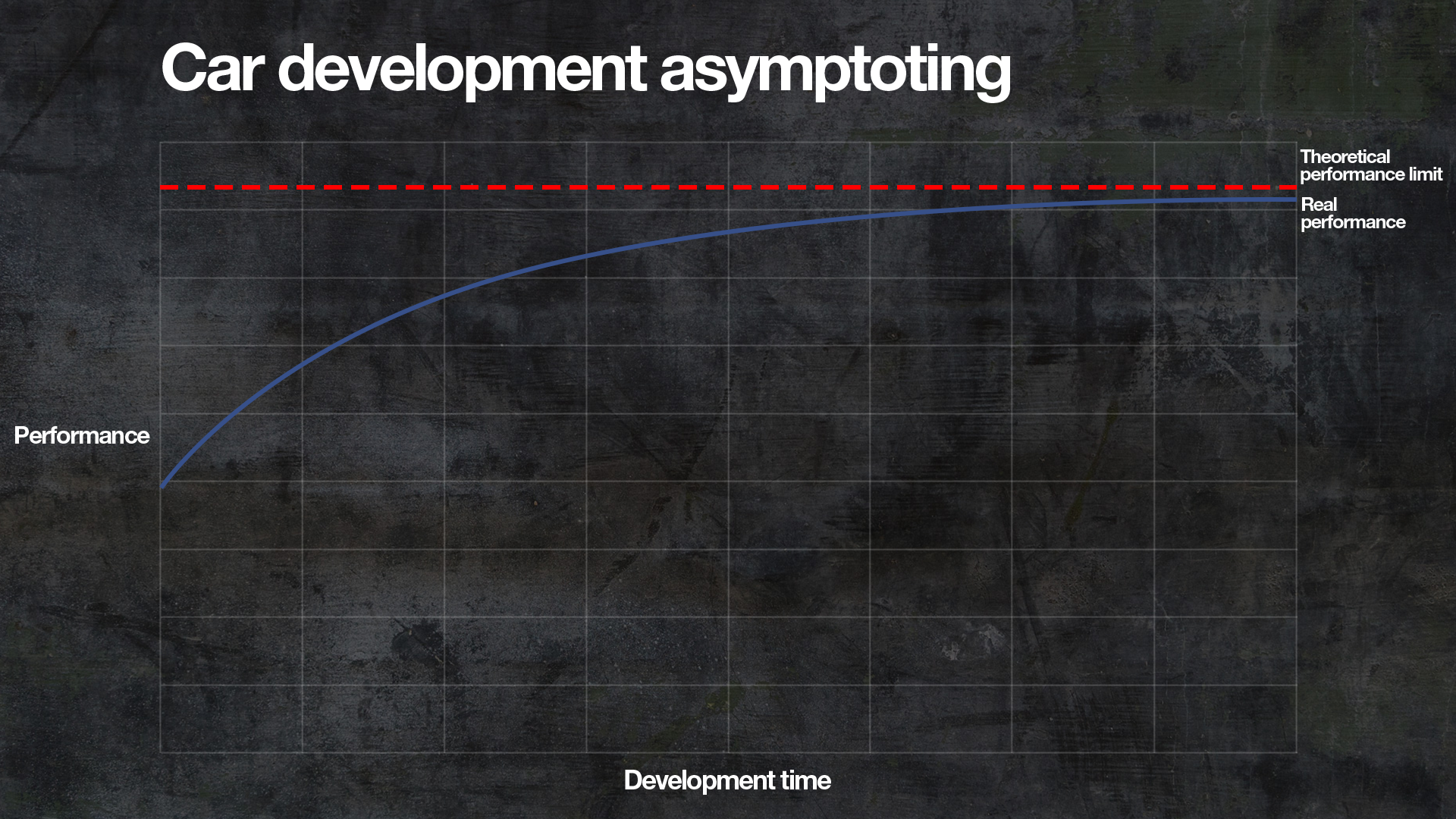
That means that while incremental gains can be made, they are tiny and potentially become so small as to be irrelevant even in a sport where thousandths of a second matter.
What Red Bull will have to decide is whether it is indeed close to the ceiling of performance and therefore can continue on its path, or if it’s really the concept that’s limiting that and others can access more performance.
These cars are now well-known. When working, the Red Bull is still probably the quickest car in F1.
The trouble is that the operating window is difficult to get into and McLaren in particular has a car that’s capable of being fast across a wider range of conditions and tracks. You might say that the Red Bull is still F1’s quickest car, but the McLaren is now perhaps its best thanks to being a true all-rounder.
According to Horner, the top priority for Red Bull is to create a car with a wider operating window.
He suggested in Hungary that some of that could be achieved by better exploiting the upgrade package introduced at the Hungaroring, which included a dramatically different engine cover/sidepod bodywork running on Verstappen’s car. However, it’s likely that to achieve that objective bigger changes might be required.
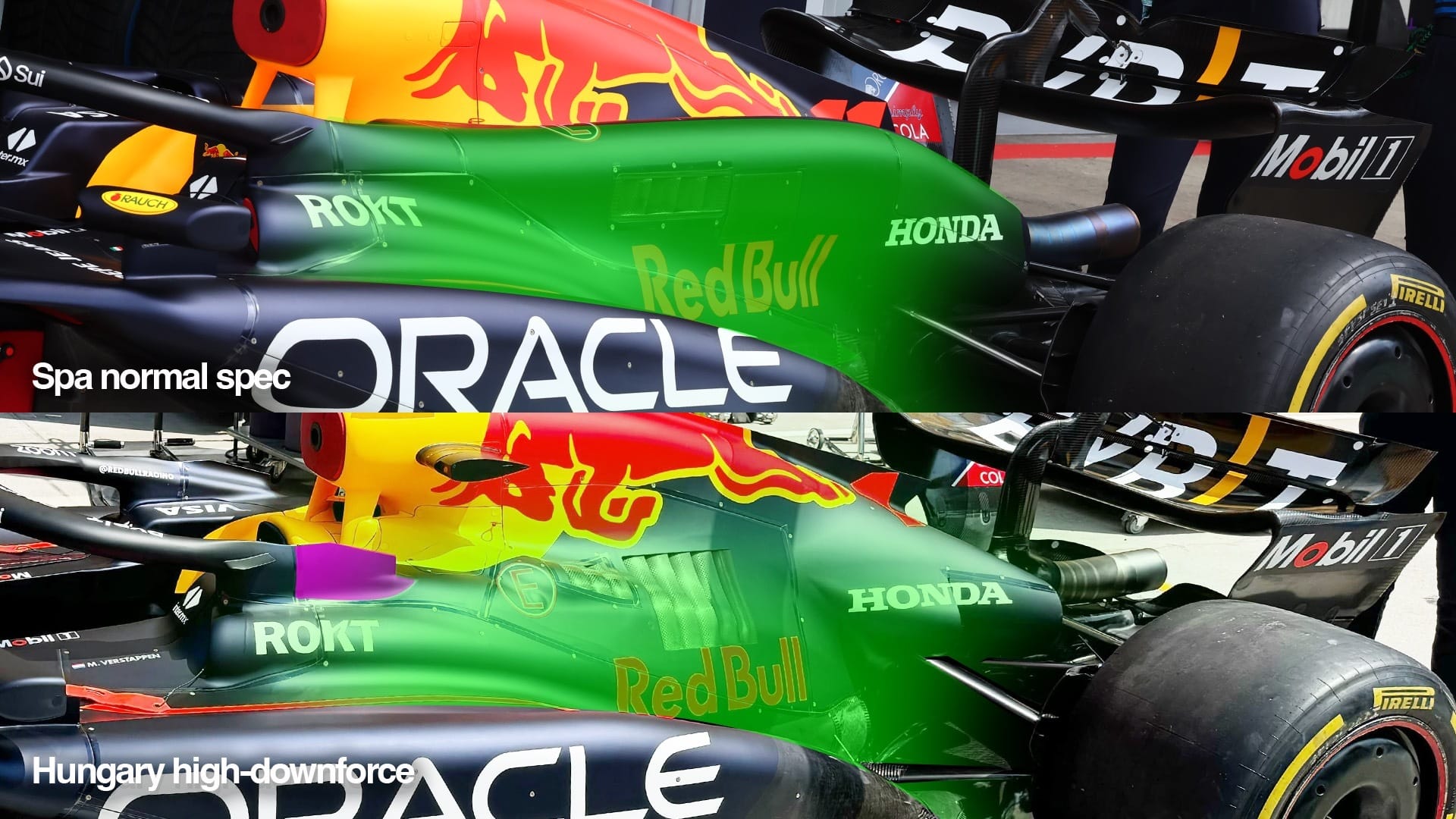
“We’ve got more performance to bring from them, to be honest,” said Horner.
“We need to expand that operating window for the car. When the car is in the right window, he [Max] qualifies four tenths ahead. And then obviously here he missed pole by less than a tenth.
"When you listen to the drivers, Max has got limitations in the car. He knows there’s performance. The trick obviously is how you translate those issues into solutions.”
In the short-term, doing so is about getting what it can out of the RB20. The next question is how different the RB21 need to be to solve those problems if indeed it’s possible to do so without sacrificing pace.
The fundamental problem is that the Red Bull RB20 is a car that has to run stiff - particularly laterally at the rear.
That high level of roll stiffness, combined with relatively long rear suspension travel for these cars, keeps the aerodynamics working consistently and combines with the anti-dive front suspension geometry and the tightly-controlled rear suspension to minimise the chances of porpoising problems.
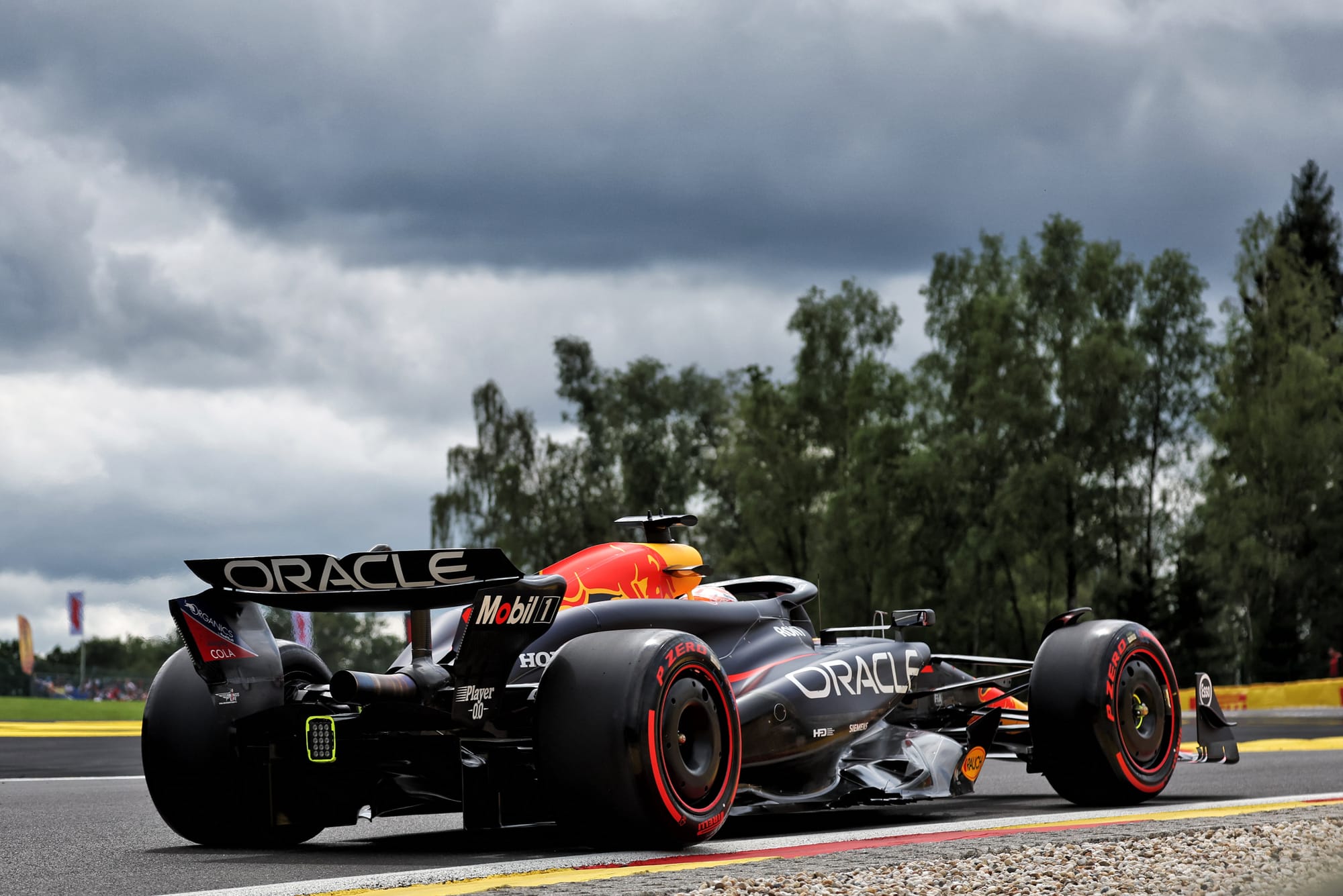
With these cars the key is to have them as close to the ground as possible to generate the most downforce from the underfloor venturi tunnels without causing stalling or major imbalance problems.
This concept served Red Bull well for a long time, but as others have closed in, it has become more of a limitation.
Last year, or even early this season, Red Bull could raise the ride height and give away a little performance to improve the ride, but now it needs to eke out all the downforce it can.
That can make the car tricky to drive and is sometimes a major performance limitation at tracks that are bumpy, like Monaco, or those with plenty of kerb riding.
It’s also proved to be a car that hadn’t made the expected gains in fast corners based on what its simulation data suggested - pointing to a correlation problem.
While at Spa Verstappen was mighty in the fast corners, that was a consequence of the car’s tremendous aerodynamic efficiency, which allowed it to carry more wing than rivals without losing out on the straights. So it leaned on another strength to counteract that particular weakness in Belgium, which isn’t always possible.
To make matters worse, even at its best, the rest are closing in. At times, Verstappen has been able to recreate the old pace advantage, for example in qualifying in Austria and Belgium, but more often than not it has been very close.
These problems are complex, based on the interaction of the mechanical platform and the aerodynamic characteristics, with the fine control of the performance dictated by tiny details of the floor edges, underfloor shape, suspension specification, and countless other factors.
With the pre-2022 cars, downforce could be added to the cars seemingly indefinitely to add performance even though there obviously was a limit dictated by the laws of physics.
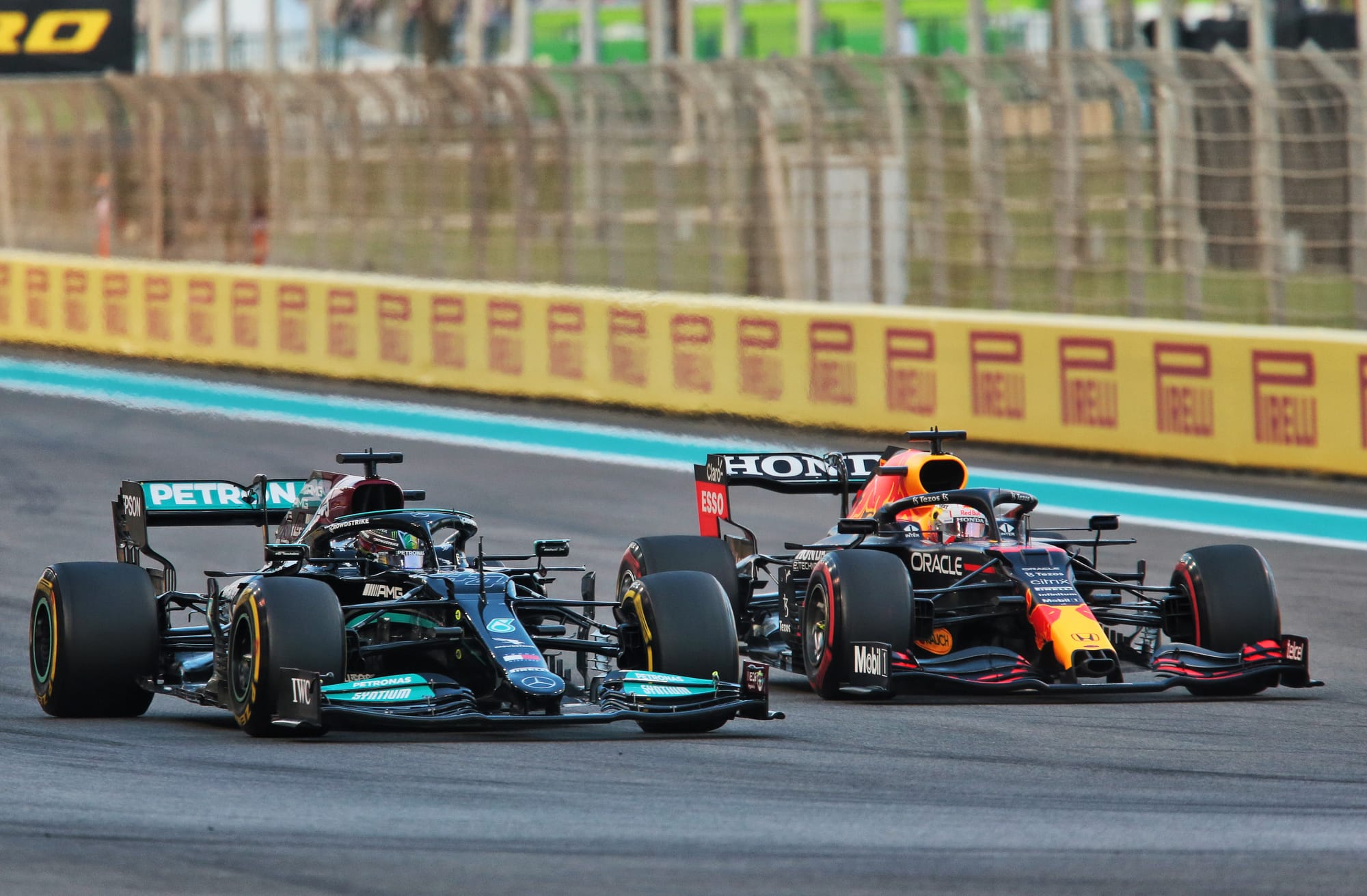
The current cars have more limitations to bump into, making it a delicate balancing act and increasing the challenge of understanding whether or not you really are close to the maximum performance.
It’s also important to note that when talking about the car concept, it’s less about the physical shape and more about the key decisions made in terms of the ride height ranges and conditions you want the car to work in.
So for Red Bull, is its stiff platform concept the one that accesses the best possible peak performance or not? And if it is, will the best average performance across the 24 circuits be achieved by sticking with that and refining it as best you can or changing the approach to have a slightly more all-round car like the McLaren?
Red Bull will already have made significant progress in answering that question with the RB21 well-advanced.
It’s unlikely the team will jeopardise ‘26 development to benefit ‘25 and it would be a surprise if even a team so accomplished as Red Bull were to attempt to completely transform the concept of the car.
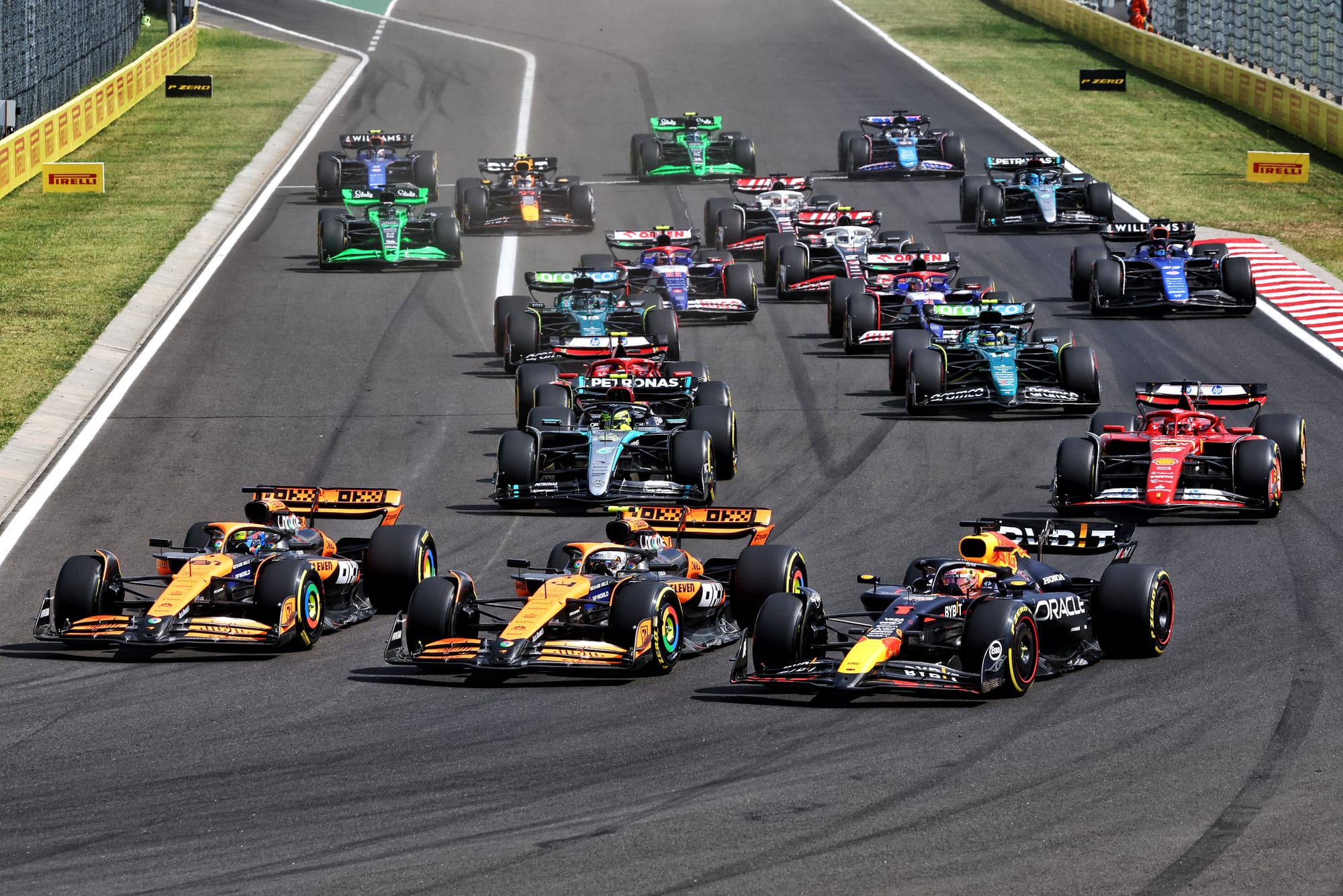
But there is scope for some kind of shift in the hope, ideally, of making the operating window of the car a little wider without any loss of performance.
These changes could well be subtle and perhaps achieve the objectives of making the window wider, the ride better and the car more driveable. The belief is that there is still more to come from the RB20, which means that a refined evolution - as the RB21 will probably have to be - could unlock some more potential.
That said, Red Bull won’t focus on one characteristic - i.e. improving the ride - if it costs performance.
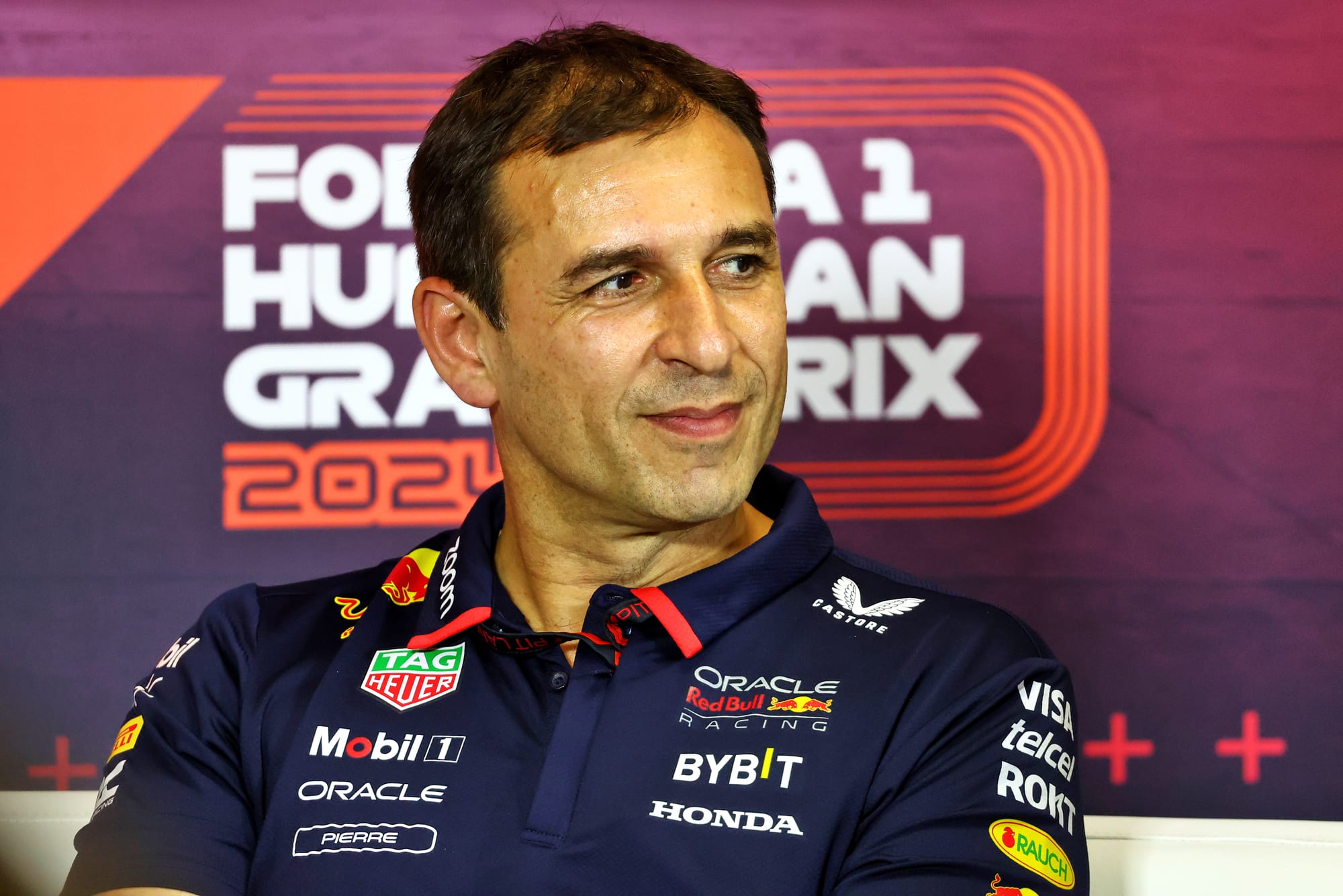
“We still have a capacity to develop the car, otherwise we will not bring the update,” said technical director Pierre Wache when asked about diminishing returns in Hungary.
“And clearly the fact that the others are closer and closer, it's a big aspect that we are pushing even more to bring the update quicker.
"The performance is not only coming from the overall downforce gain. It's coming from how the driver is able to extract it and how it affects the balance.
"Then also, we are pushing also in this area. That is a big part of it, and we still have some room of improvement on this aspect.”
What’s clear is that the decisions being taken in Milton Keynes right now could have a seismic impact on how the rest of 2024 plays out, Red Bull’s chances in 2025 and the prospects of hitting the ground running with the new in-house, Ford-badged engine in 2026.



